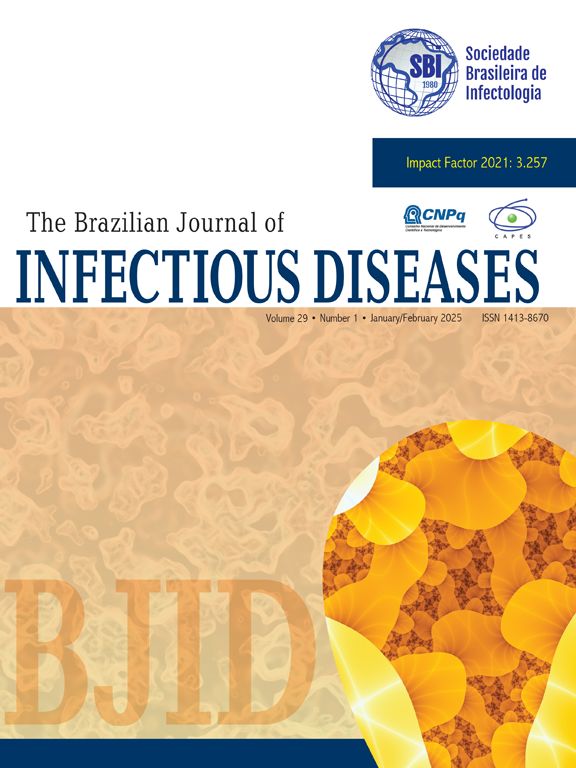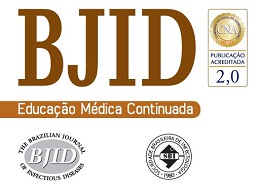We observed the clinical and microbiological characteristics of several stages of bloodstream infections (BSI), as well as the mortality attributed to it in a tertiary hospital in the northeast of Brazil (in the city of Maceió, Alagoas). A prospective cohort of 143 patients who had at least one positive blood culture was enrolled in the study. Their clinical evolution was followed up for 30 days from October 2005 to December 2006. The relation among the qualitative variables was verified through Chi-square test. The significance level was 5%. The statistical package adopted was SPSS 15.0 for Windows. Up to the thirtieth day, 30.1% of the patients presented bacteremia and 69.9% developed sepsis. Among these, 20.3% developed severe sepsis and 10.5% septic shock. The mortality attributed to it was 37.8%. In bacteremia, sepsis, severe sepsis, and septic shock conditions, mortality rates were 9.3%, 50%, 65.5%, and 84.6%, respectively. Respiratory (32.2%) and urinary (14%) sources and the ones related to central venous catheter (14%) were prevalent. In the wards 55.12% of the cases developed sepsis, whereas in the intensive care units, the rate was 87.69% (p<0.05). Chronic renal failure, diabetes melitus, and neuropathy were present in 21.7%, 26.6%, and 29.4% of the cases, respectively. Coagulase-negative Staphylococcus (25.9%), Staphylococcus aureus (21%), and Klebsiella pneumoniae (14%) were the most present microorganism in the sample. The high morbidity and mortality rates in this study are attributed to the lack of knowledge on BSI characteristics and on instituted protocols for detection and treatment in early stages.
The Impact Factor measures the average number of citations received in a particular year by papers published in the journal during the two preceding years.
© Clarivate Analytics, Journal Citation Reports 2025
SRJ is a prestige metric based on the idea that not all citations are the same. SJR uses a similar algorithm as the Google page rank; it provides a quantitative and qualitative measure of the journal's impact.
See moreSNIP measures contextual citation impact by wighting citations based on the total number of citations in a subject field.
See more



